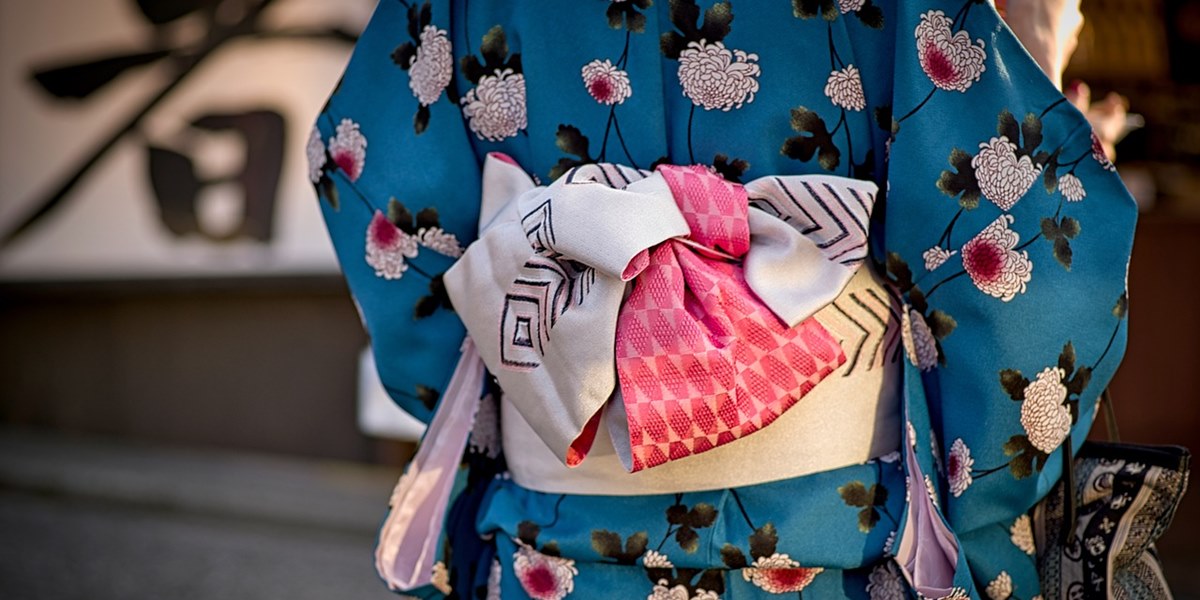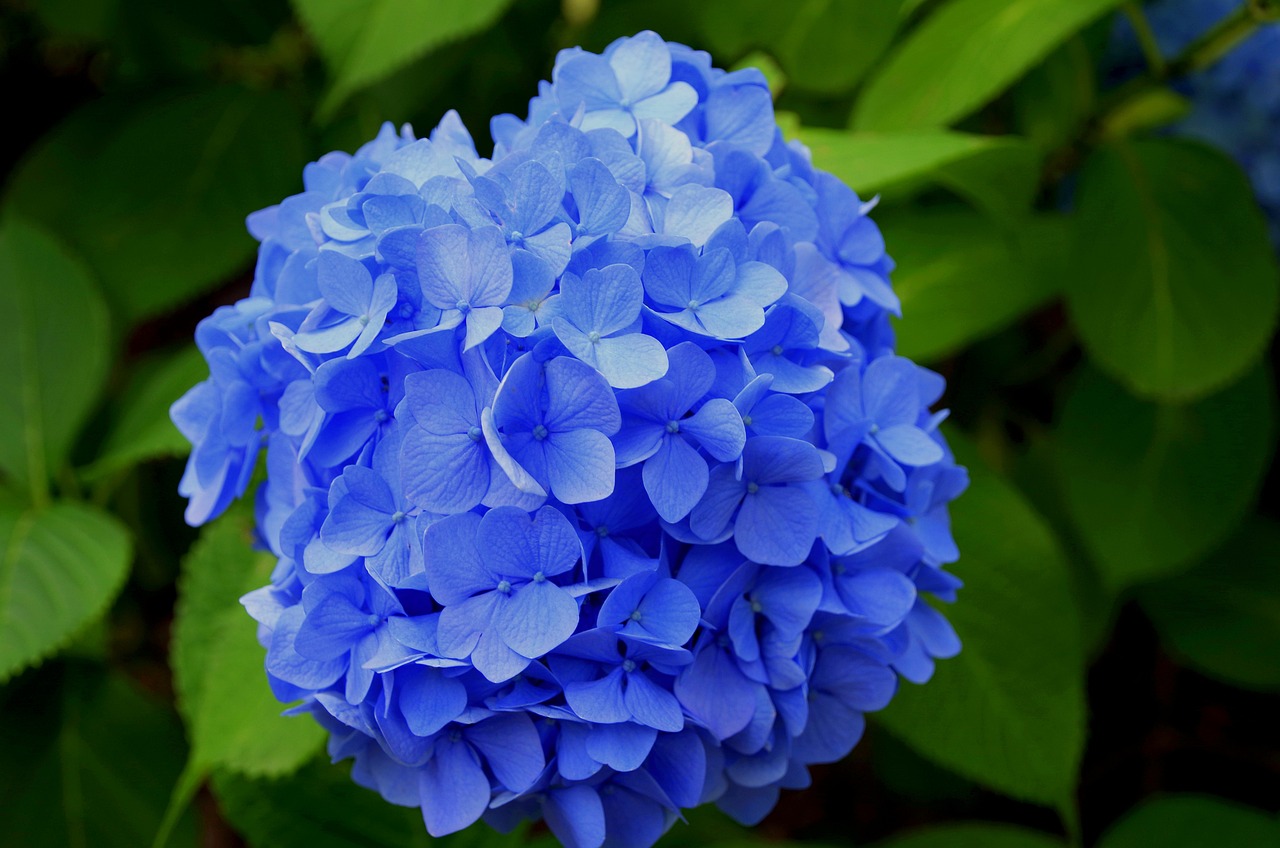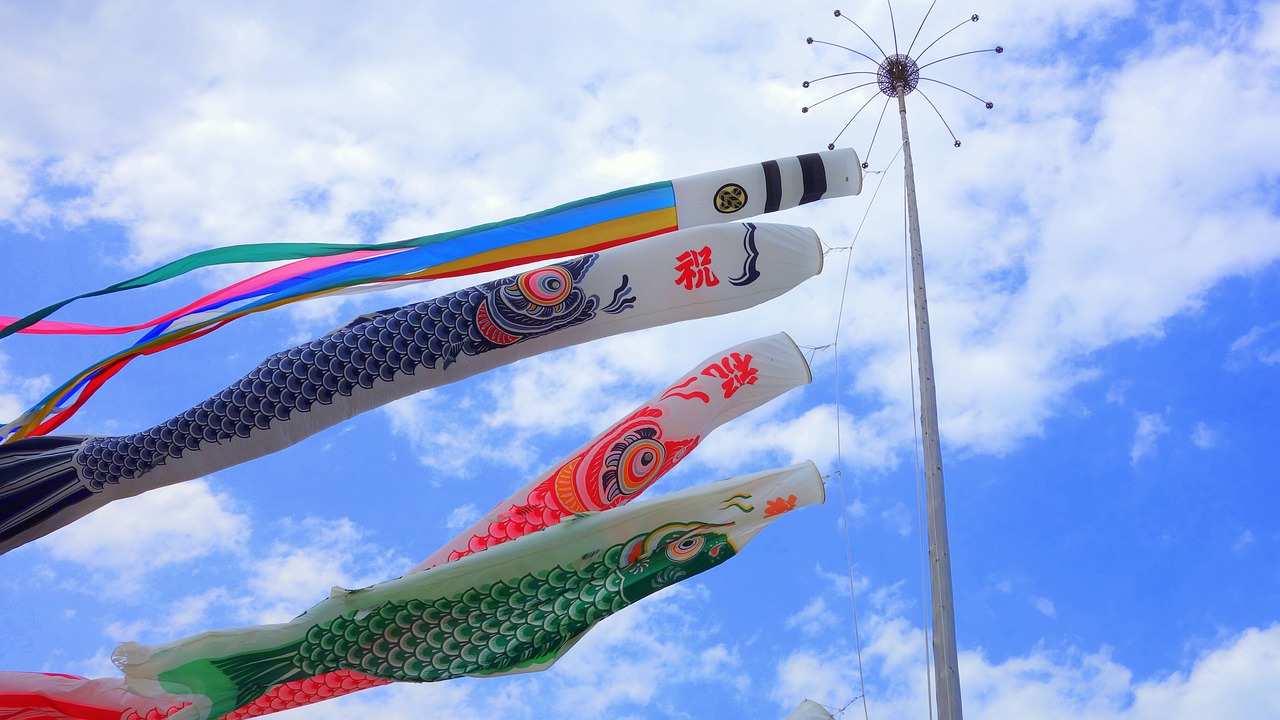5 Recommendations for the Best Japanese Dramas Adapted from Manga, Various Genres - All Exciting
Interested in watching Japanese dramas adapted from manga? If so, let's dive into the following review.

Kapanlagi.com - In the rich spectrum of colors, the color blue holds a special place in Japanese language and culture. However, the concept of blue in the Japanese language has a unique nuance, often overlapping with what we know as the color "green".
In the Japanese language, there is an interesting understanding of how a culture perceives and categorizes colors. This article invites you to delve into the uniqueness of the color blue in the context of Japan, exploring the differences between blue and green.
For those who want to know about the color blue in the Japanese language. Here is an explanation of the term blue in Japanese, the difference between blue and green, and terms for other colors in Japanese. Let's check it out, everyone!

Illustration (credit: pixabay.com)
The common expression for the color blue in Japanese is "ao". The word ao for the color blue in Japanese has a broader range of meanings compared to the concept of blue in other languages.
The word ao itself does not only refer to the color blue, you know KLovers! It can also be used to describe the color green. This reflects a unique perception of color in Japanese culture.
In addition to the term ao for the word blue in Japanese, there is a more specific term for blue, which is "buruu", a loanword from English derived from the word "blue". Thus, this word is often used in modern contexts.
In Japanese culture, the word ao itself has rich symbolic meanings. It is often associated with nature, freshness, and in some contexts, immaturity or lack of maturity.
Moreover, the use of the word ao to describe traffic lights that are actually green is an interesting example of how this concept of blue is embedded in everyday Japanese language.

Illustration (credit: pixabay.com)
In addition to knowing blue in Japanese, KLovers can also learn about the concept of blue in Japanese culture. The concepts of blue and green have their own unique history and meaning. Here is an explanation of blue and green in the context of Japanese culture:
1. Color Perception
Historically, the Japanese language did not clearly distinguish between blue and green. The word "ao" was used to describe a spectrum of colors that includes both blue and green. This reflects a different perception of color in Japanese culture compared to Western culture.
2. Evolution of Language
Although there is now a specific word for green ("midori"), the use of "ao" to describe green objects is still common in some contexts. For example, the green traffic light is still referred to as "ao-shingou".
3.Symbolism
In Japanese culture, "ao" is often associated with nature, freshness, and growth. It can refer to the color of the sky, the sea, or young leaves. "Midori" is more specific to dark green or mature foliage.
4.Usage in Art
In traditional Japanese art, such as ukiyo-e, the use of blue and green often overlaps. The famous blue pigment, "aizuri-e", is often used to depict natural elements that could be considered green in modern perception.
5.Modern Context
With global influence, the understanding and usage of colors in modern Japan have evolved. Terms like "buruu" for blue and "guriin" for green, which are loanwords from English, are becoming increasingly common, especially in the context of fashion and design.
6. Cultural Meaning
The Japanese word for blue, "ao", also has connotations of immaturity or lack of maturity. The expression "ao-kusai", literally meaning "smells green", is used to describe someone who is naive or inexperienced.
7.Nature and Spirituality
In Shinto and Buddhist beliefs in Japan, the colors green and blue are often associated with nature and spirituality. Forests and mountains that are "ao" are considered sacred places.
8.Influence in Daily Life
The use of "ao" to describe unripe fruits (like apples or bananas) or green vegetables shows how this concept is embedded in everyday language.
Understanding blue and green in Japanese culture reflects the complexity of language and unique perceptions that have been shaped by the history, natural environment, and cultural evolution of the country.

Illustration (credit: pixabay.com)
We know that, besides the Japanese word for blue, there are other colors that KLovers can learn in Japanese. For that, here is a list of colors in Japanese along with their meanings besides the Japanese blue:
1.Shira - White
2.Kuro - Black
3.Aka - Red
4.Ao - Blue/Green
5.Kiiro - Yellow
6. Midori - Green
7.Murasaki - Purple
8.Pinku - Pink
9.Chairo - Brown
10.Orenji - Orange
11.Hai-iro - Gray
12.Gin-iro - Silver
13. Kin-iro - Gold
14.Momo-iro - Pink (peach blossom color)
15.Mizuiro - Light blue (water color)
16.Kimidori - Yellowish green
17.Yamabuki-iro - Dark yellow
18.Enji - Dark red
19.Beni - Bright red
20. Kon - Dark blue
21.Fuji-iro - Light purple (wisteria flower color)
22.Sora-iro - Sky blue
23.Kuchiba-iro - Dry leaf color (reddish brown)
24.Sakura-iro - Pink (cherry blossom color)
25.Kurumi-iro - Walnut color (light brown)
26.Cream - Cream
27. Nezumi-iro - Gray (literally "mouse color")
28.Aiiro - Indigo
29.Moegi - Light green
30.Kitsune-iro - Brownish orange (literally "fox color")
31.Sumire-iro - Purple (violet flower color)
32.Uguisu-iro - Yellowish green (Japanese nightingale color)
33.Tokiwa-iro - Evergreen green (like evergreen tree color)
34. Sabi-iro - Rust color
35. Mizu-asagi - Light bluish green
36. Koke-iro - Moss green
37. Beniaka - Bright red
38. Wakakusa-iro - Young grass green
39. Karakurenai - Dark red
40. Shironezu - Off-white
These are the blue terms in the Japanese language that KLovers can know. Understanding blue in the Japanese language and other Japanese colors opens up insights into the beauty of the language and the unique perceptions of the culture of the Land of the Rising Sun.
(kpl/dhm)
Cobain For You Page (FYP) Yang kamu suka ada di sini,
lihat isinya
Interested in watching Japanese dramas adapted from manga? If so, let's dive into the following review.
Let’s explore how the distinctive traits of Scorpio, such as intensity, ambition, and sharp intuition, may have shaped Park Hae So's public persona and role choices, making him one of the most promising actors in Korea today.
Come, let's check out the synopsis of the anime KENJA NO MAGO full of Shin's adventures at the Magic Academy, where he learns about life, friendship, and responsibility as a talented wizard.
Here is the synopsis of the Korean film OFFICER BLACK BELT complete with the cast list. Let's check it out, KLovers!
Curious about what the explanation of dreaming about driving a car is? To find out, just take a look at the following review.
Thai dramas have become quite popular as they present a variety of themes. One of the interesting ones is the Thai drama with a vampire theme. This theme often features stories full of mystery, eternal love, and thrilling action.
To understand the explanation of the meaning of dreaming about finding a lot of money, just take a look at the following discussion.
Earthquakes in the month of Mulud are believed to be more than just natural phenomena or ordinary disasters. It is believed that earthquakes in the month of Mulud carry hidden messages explained in Javanese primbon. To understand the explanation of the meaning of the primbon earthquake in the month of Mulud, let's directly look at the following review.
On the internet, many fan theories circulate that analyze the personality types of characters from CODE GEASS. These fan theories reveal the personality type of each character associated with their traits or dispositions.
For those of you who want to learn Japanese, here are expressions of stars in Japanese, complete with culture and other Japanese terms in the world of astronomy. Let’s check it out, KLovers!
Are you interested in watching Japanese dramas about parenting? If so, just check out the following list of recommendations and brief reviews.
So, are you interested in watching Chinese dramas about one night stands? If yes, let's take a look at the list of recommendations and brief reviews below.